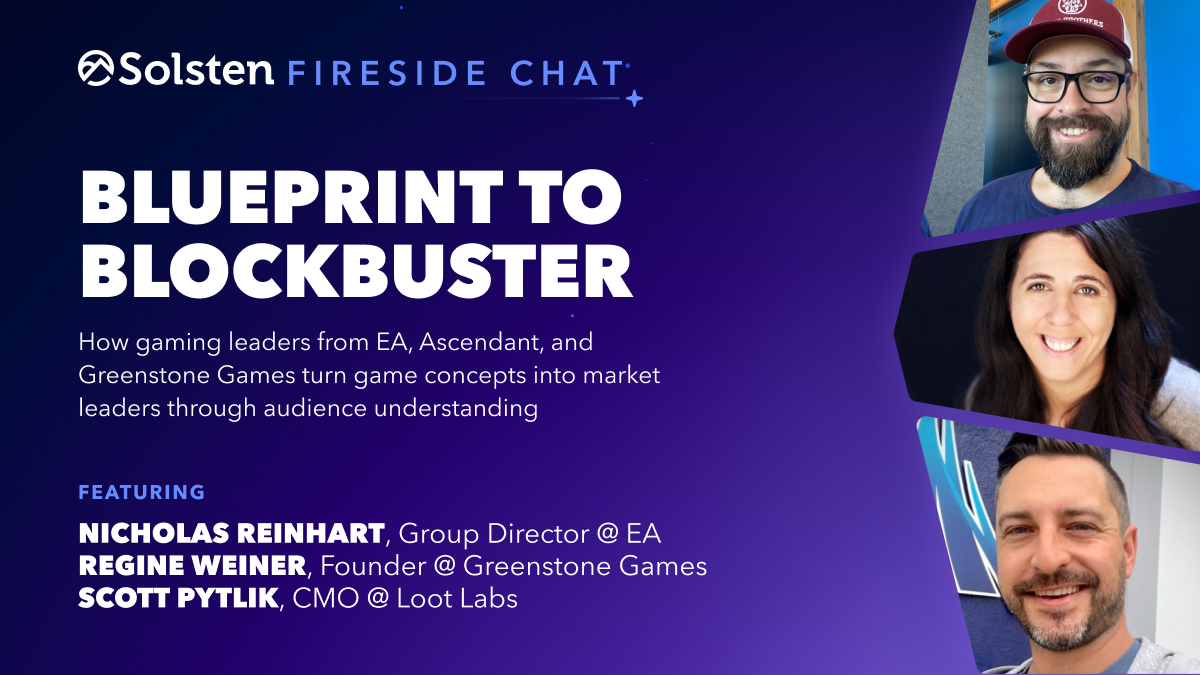“It’s never been harder. And it’s also never been easier to build and ship a game.” This quote from Raph Koster captures the current state of game development, where cutting-edge tools and technologies make the creation process more accessible than ever, yet the saturation of the market and heightened player expectations create unprecedented challenges .
In a recent webinar, “From Blueprint to Blockbuster,” we pull back the curtain on the strategies, technologies, and insights that help studios like EA, Ascendant Studios, and Dubit transition early concepts to successful blockbusters. Access the full webinar here.
The Paradox of Modern Game Development
Scott Pytlik, CMO at Loot Labs (previously Ascendant Studios), set the stage by reflecting on the dual nature of today’s game development environment. “When I hear that (Raph’s) statement, it hits home hard because it’s absolutely true,” he said. Scott’s recent experience with the development of Immortals of Aveum underscored this reality. Built on the nascent Unreal Engine 5, the game exemplified how a specific tool can accelerate and enhance the creative process, but it does not serve as a silver bullet.



